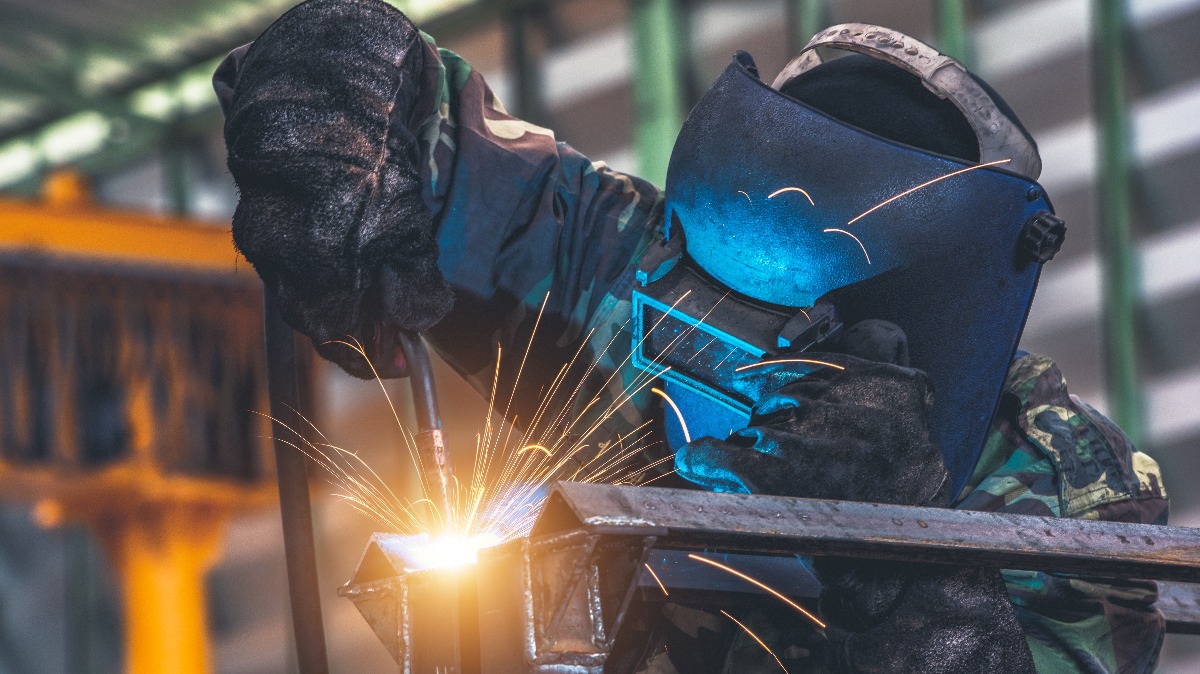
Whether you’re looking to start a DIY project or you aspire to start learning a trade to expand your professional prospects, there are plenty of reasons to look into welding. To achieve an excellent result, the welder has to combine their knowledge, skilled labor, care, and materials alongside the techniques and correct equipment to obtain a well-done job.
Otherwise, the infrastructure’s integrity can be at risk and can fail strict safety protocols. If you’re interested in immersing yourself in this world, we share some insight into approaching welding and being more than prepared to get the best result possible.
Choose a Welding Method and Stick to It
The most common welding technique that you can master is called electric arc welding. Specifically, the MIG or metal inert gas welding technique is a great entry-level technique if you’re looking to start any project at home, where you fuse the base metal with a wire-feed to create the union with a welding gun. Most welders may prefer this method since it offers a cleaner result, and if you’re planning to weld indoors, this should be your choice. You can also learn about melt-in processes like TIG/GTAW welding, but this may require additional training and certifications for industrial use.
Regardless of what method you end up choosing, cleanliness will play a crucial role in obtaining an excellent result. If any oil or dust gets in the way, it can cause a defective weld with incomplete fusion, cracking, or other imperfections that affect the weld beyond the aesthetic point of view. Any minor mistake can compromise the weld’s resistance, performance, and longevity, which is why many industries have to adhere to strict security standards and pay close attention to these processes.
Invest in the Right Equipment
Choosing your welding equipment is intuitive once you understand the basics of the process and you’ve settled with a specific method. Some of the bare basics you’ll need at hand include a welder, welding wire, shielding gas, welding cart, alongside additional equipment required to cut the metal and handle the pieces to keep them in their final position. While the initial costs may vary, you still need to remind yourself that it’s always best to invest in good quality gear to ensure a better result than going with cheap equipment that’ll have poor performance in return.
Making sure you are safe from any hazard during the welding process should always be your top priority at all times. The professionals at weldingheadquarters.com/best-welding-gloves/ are emphatic with using thick split leather gloves for MIG welding since, during the process, you’ll be subjected to disperse spatter that can easily burn through any fabric. This also extends to using a welding helmet, with a darkened viewing shade that protects your eyes from burning while looking at your working spot. Complete your outfit with a welding jacket or apron and use work boots to reduce any chances of a horrible accident.
Preparation and Storage Make the Difference
Rushing the welding process will only yield horrible results. Every aspect will influence the final outcome, even from the moment you purchase your consumables and store them in your workshop. For instance, you should keep your filler wire stored in a dry environment according to the manufacturer’s recommendations and have everything free of any contaminants.
If you think you can keep everything well stored, you will still need to take plenty of time to prepare the metal properly before starting to weld. Removing oils and dirt from the surface, cutting the metal if needed, grinding the edges with a right-angle grinder, and positioning the pieces firmly should be done with the utmost care possible. With practice, you will develop a steadier hand when performing any movement, and your results will improve noticeably. What matters the most during the welding processes is to pay close attention to details and aim to complete the welding with the least amount of movement possible.
Regardless if you’re a veteran welder with years of experience and countless projects on your resume or if you’re starting to get accustomed to the equipment and techniques, sticking to safety protocols should always be a top priority when dealing with welding equipment. You can create strong basic structures at home and continue specializing in the field with additional certifications and workshops if you wish to do so. Learning the craft is a valuable, useful skill if you’re into repairing and upgrading anything, and it’s always an interesting challenge to achieve the smoothest result possible.




